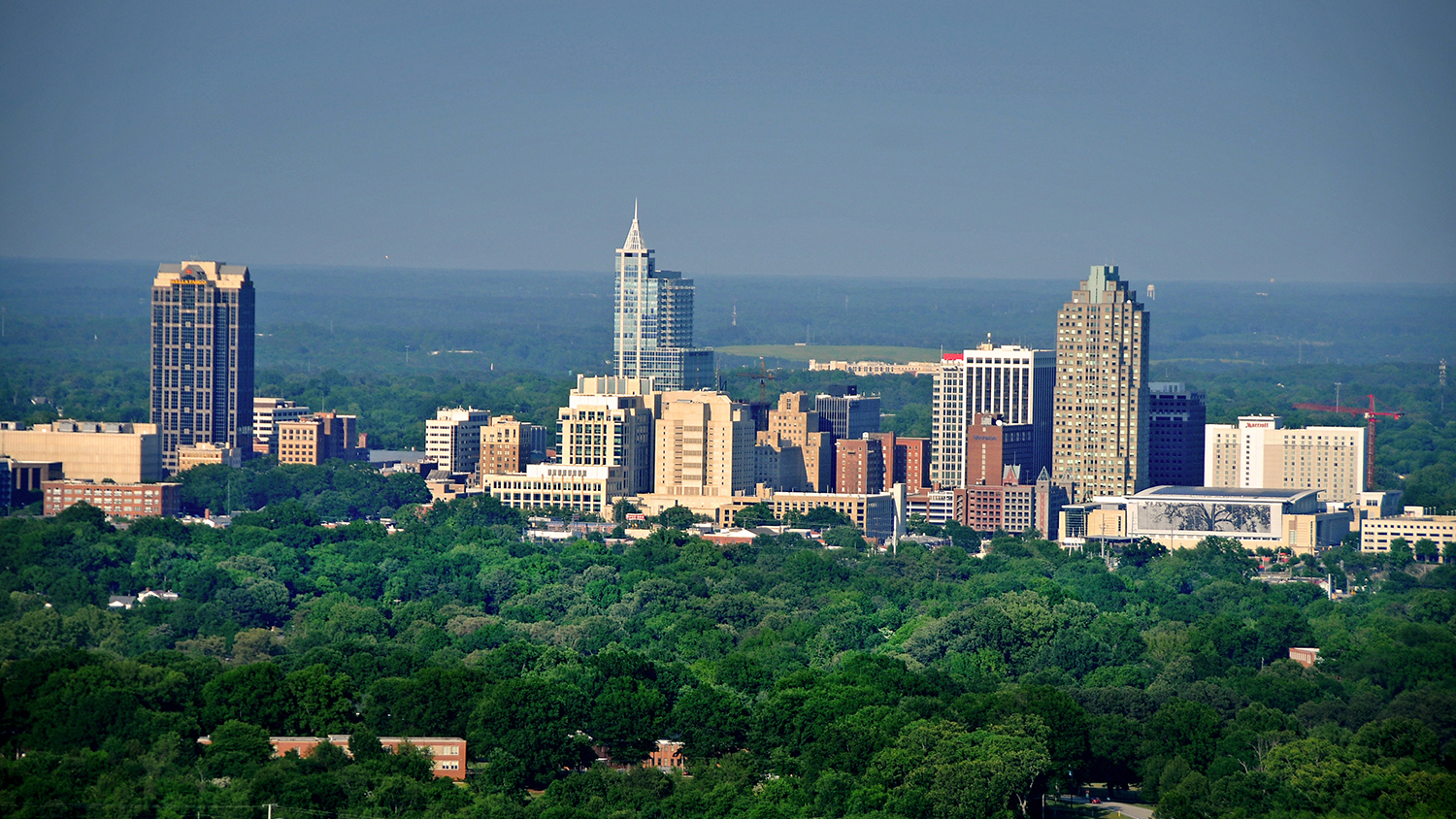You Decide: Where’s the Economy Headed in 2018

By Dr. Mike Walden
January is my busiest month of the year for making public presentations. People want to know what the economy will be like in the year ahead. For businesses, economic forecasts are important for production and hiring plans. Government officials want to know what the economy will mean for their tax revenues and public expenditures. And, of course, the relative strength or weakness of the economy is one of the key determinants of the availability, types and pay of jobs for workers.
I open my presentations by telling audiences economists are very good at predicting the past! Although meant as a joke, there’s a large element of truth in the statement. Like any part of life, try as we might to understand it, the economy is always filled with unpredictable twists and turns.
Economists look at a number of factors in making forecasts. Most important are existing trends among businesses and consumers, how long it has been since the last recession and the expected impacts of any new government economic policies.
Since the national economy is so crucial to state and local economies, let me start there. If the national economy continues to grow through mid-year, the current economic expansion – which began in mid-2009 – will be the second longest in the nation’s history.
Most economists think this will happen, predicting that national economic growth will continue in 2018. By the end of the year, the most widely quoted unemployment rate will fall another half percentage point, bringing the rate to near 3.5 percent, the lowest in a decade. Other broader measures of unemployment, which include unemployed workers who have stopped looking for jobs and workers who are underemployed, will also drop.
Although pay raises for workers have been modest in recent years, the key number is whether they have kept pace with inflation. The good news is – they have – and then some. In the last three years, average hourly wages have exceeded annual inflation by one percentage point – certainly not a record but at least keeping workers’ pay changes above water. With an improving labor market in 2018, this gain should improve.
So households in 2018 could get the trifecta of an expanding economy, more jobs and better pay. But of course, let me quickly add this is “on average”, meaning some households will be much better-off during the year, while others won’t see improvement.
Two potential economic downsides for 2018 might be both higher inflation and interest rates. Economic growth and low unemployment are usually a recipe for faster price increases. While the safe bet is that average prices will rise slightly more than two percent during the year, globalization and better manufacturing efficiency have been keeping a lid on inflation.
With the Federal Reserve gently moving back to a more normal monetary policy – following their extraordinary moves during and immediately after the Great Recession – short-term interest rates are expected to rise by as much as a full percentage point in 2018. Long-term rates, like fixed mortgage rates, will also edge up.
The big question for the national economy is the impact of the new tax plan on growth. While most studies suggest a positive effect, there are wide range of numerical estimates, from raising the growth rate by a few tenths of a percentage point to doubling the annual growth rate.
What about North Carolina’s economy in 2018? With the national economy expanding, our state’s economy should also grow. The strongest sectors will be technology, professional and business services and leisure and food services.
Around 70,000 payroll jobs will be added in the state during 2018. Yet it’s important to remember this is a “net” number, meaning it’s the difference between the number of jobs added and the number of jobs eliminated. Even in the best of times, there is “churning” in the economy, as some businesses and industries expand while others downsize.
The statewide unemployment rate will be near 3.6 percent as 2018 ends. Three metropolitan regions – Asheville, Durham, and Raleigh – could have jobless rates close to three percent at the end of the year.
There may be some slight improvements to the state’s two major “divides” – the urban/rural divide and the job market divide. In 2017, 80 percent of the net payroll jobs added in the state were in the largest metropolitan areas. As the labor force becomes tighter in these regions in 2018, some more new jobs will go to smaller metros and rural areas. Still, the geographic divide is not going away.
The job market divide is the growth of jobs at the ends of the pay spectrum – high-paying and low-paying – with little or no growth in middle-pay jobs. This has been an ongoing issue for decades in both the state and the nation. With a rebound in manufacturing and construction jobs last year, there was some improvement in the divide in 2017, and the same should happen in 2018. The job market divide will be far from eliminated though.
Hopefully, when we look back at the economy in 2018, we can decide the year has been a good one for more people and places – and that we will have at least made some progress in the economic issues we confront. If so, then maybe we can call 2018 a Happy New Year!
Walden is a William Neal Reynolds Distinguished Professor and Extension Economist in the Department of Agricultural and Resource Economics at North Carolina State University who teaches and writes on personal finance, economic outlook and public policy.
- Categories:


